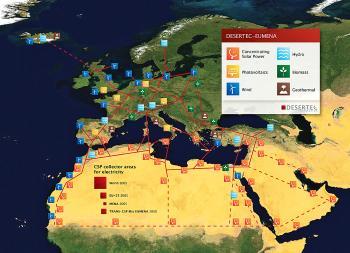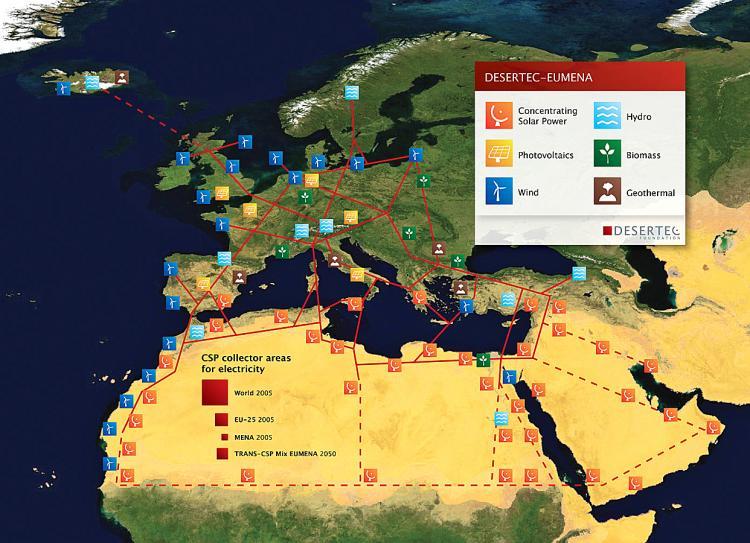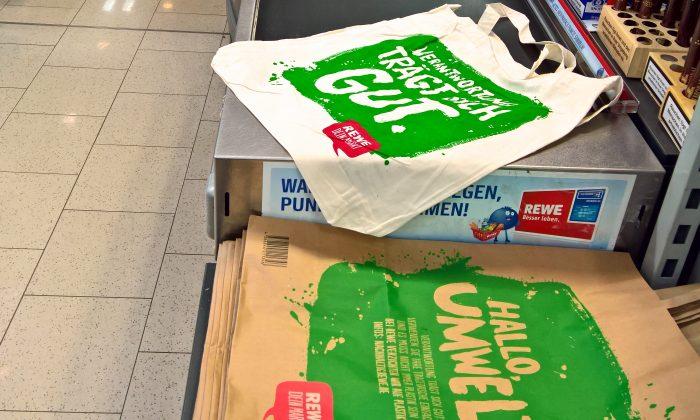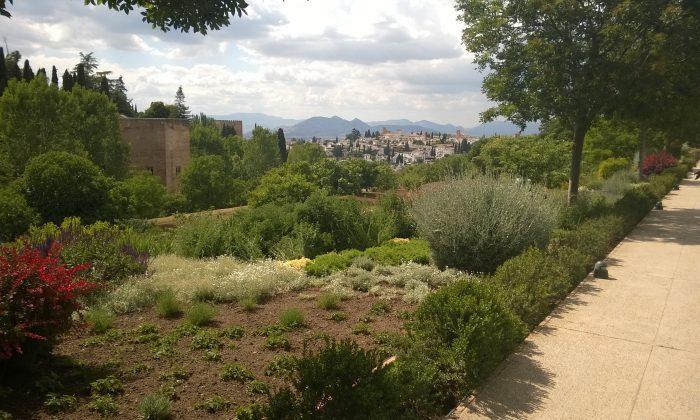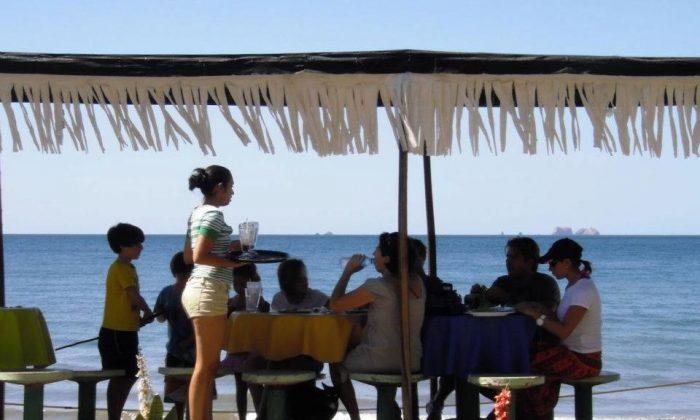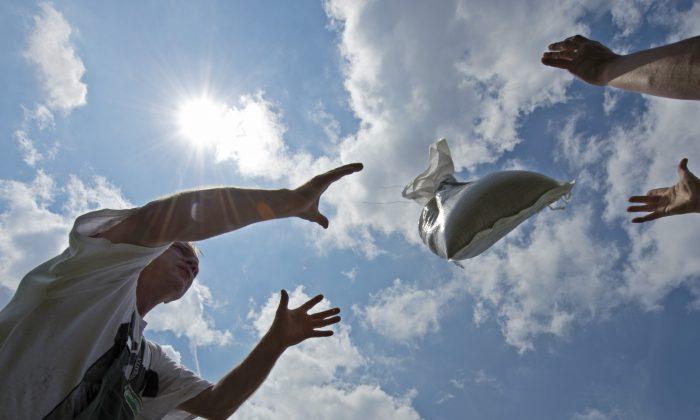Once a pipe dream of European scientists and engineers, the Desertec Project aims to establish 6,500 square miles of renewable thermal solar power plants in the Sahara Desert of North Africa, along with a super-grid of high voltage transmission lines to supply countries in Europe and Africa with electricity.
The project has finally gained the financial support of a consortium of major companies and organizations such as Deutsche Bank AG, Siemens AG, Trans-Mediterranean Renewable Energy Cooperation, The Club of Rome, and many others. Its goal is to supply continental Europe with up to 15 percent of its total energy needs.
The cost associated with building the Desertec solar power plants and transmission lines through 2050 is estimated at around 400 billion euros ($560 billion).
A project of such gigantic scope and expense has drummed up both excitement and criticism from experts.
The Desertec Project will bring renewable energy to the mainstream by creating clean, CO2-free and stable energy generated from the sun alone. Leaving fossil fuel behind, Desertec is a great leap in technology, creativity, and engineering.
“The time now is perfect to start this initiative, as climate protection has become an urgent issue and our economies need new impulses,” said Alexander Mohanty, a spokesman from Munich Re, a large German insurance company spearheading this project.
Critics Voice Complaints
But critics say that a project this costly—and using current solar technology that may not have reached maximum efficiency—should be approached with caution.
Swedish energy giant Vattenfall AB, which has extensive operations in Germany, is not supporting this undertaking.
“It costs too much money,” said Vattenfall CEO Lars Josefsson, in a Financial Times interview. “Besides that, the transmission costs are too high. I don’t think it’s realistic.”
“Europe should create its electricity in Europe,” he concluded.
As an alternative, Josefsson believes in building more coal-powered generating plants that have newer CCS technology aimed at lowering CO2 emissions.
Some experts also fear that if such a large portion of European electricity production is outsourced to Africa, it would create a political dependency on North African countries, some of which have unstable political environments.
The creation of centralized solar energy plants in Africa also raises its vulnerability for terrorist attacks. If someone attacks the transmission lines, much of Europe could be without electricity.
Concentrating Solar Power
Solar thermal power plants use the method of harvesting solar energy called concentrating solar power (CSP). It works in a way very similar to burning a paper with the sun’s rays through a magnifying glass. A thermal solar power plant works with the same principle by arranging a set of magnifying glasses and mirrors that produce a very powerful sunbeam. This sunbeam heats up water, turning it into steam that rotates turbines to produce electricity. The electricity is then carried via high-voltage transmission lines to users.
At nighttime, the power generated during the day is stored in special salt-like batteries, which enables the turbines to be running through the night, creating a 24-hour generation system.
The CSP method should not be confused with photovoltaic energy, which doesn’t heat up water, but directly produces electricity and stores it in batteries.
CSP plants are generally cleaner, cheaper, and have lower maintenance costs compared to photovoltaic energy generation. Photovoltaic energy, on the other hand, is not centrally dependent, meaning that panels could be purchased by any individual and placed on a rooftop, allowing greater flexibility.
Smaller CSP projects have already achieved some success. In the Mojave Desert of California, there are a total of 9 solar thermal plants that have been built and used since the 1980s. Spain, India, Mexico, and South Africa are also set to build such plants in the near future.
If the Desertec Project is successful, it would not only benefit Europe, but also North African countries. It would supply them with very cheap energy, create jobs, and provide an opportunity to export goods via trade.
“The project is sending a strong signal that investments in renewable energies don’t just make ecological sense, they make economic sense as well,” said a Financial Times report.